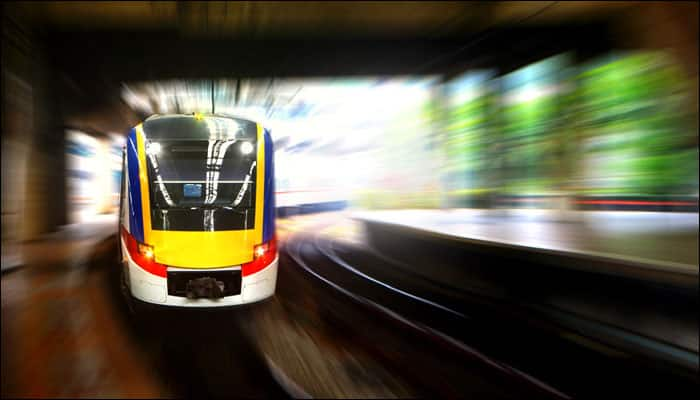Sydney: Road drivers can see trains approaching but cannot accurately judge their speed when proceeding through a passive level crossing, Australian researchers have found.
"Railway crossings calculate the sighting distance required to safely navigate a level crossing based on the physics of moving vehicles,” said Gregoire Larue from Queensland University of Technology in Australia.
“The formula had been demonstrated to be inaccurate at high speeds for heavy vehicles and a margin of more than 15 seconds extra could be required to safely clear the crossing than what might have been allowed for in the road design,” Larue added.
At the upper end of the sighting distances proposed (750-1,500 metres), industry has raised concern around whether a driver would be able to reliably identify a train and assess its rate of approach in order to make an informed decision regarding whether it would be safe to proceed across the level crossing.
The team tested 36 drivers to determine the distance they could clearly see and identify a train approaching and their accuracy in calculating the train's speed.
The findings revealed that most drivers could see the train from a very long distance, with 85 percent identifying a train farther than 1,450 metres.
Drivers were also able to identify the train as moving on average at a distance of 1,298 metres away.
However, drivers' estimates of train speeds were very poor and up to 44 percent under the actual train speed.
At 1,100 metres away, drivers' speed estimate was on average 44 percent lower than the actual train speed -- so despite it travelling at 130 km/h, drivers thought the train was travelling at 75 km/h.
At 750 metres away, drivers' speed estimate was on average 36 percent lower than the actual train speed -- so despite it travelling at 130 km/h, drivers thought the train was travelling at 85km/h.
And at 350 metres away, drivers' speed estimate was on average 29 percent lower than the actual train speed -- so despite it travelling at 130km/h, drivers thought the train was travelling at 90km/h.
The study had found that tested drivers were all able to detect the train 750 metres away.
"The standard now also includes reference to the human limitations in detecting the movement of the train, particularly beyond 750 metres," he said.
The findings were scheduled to be presented at the Conference on Railway Excellence in Melbourne.
















